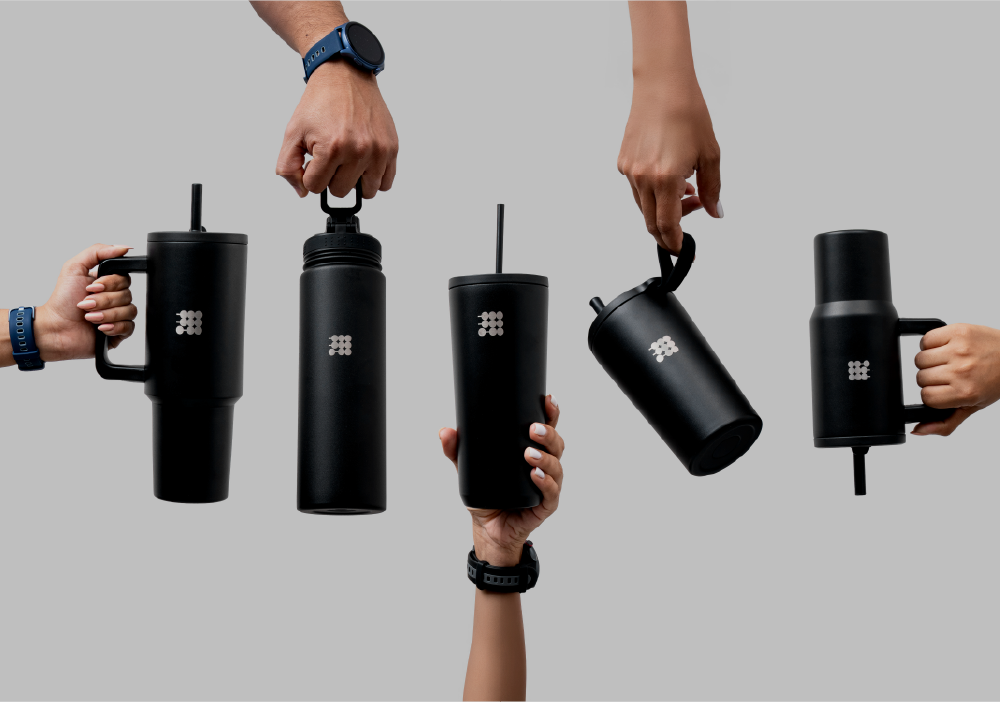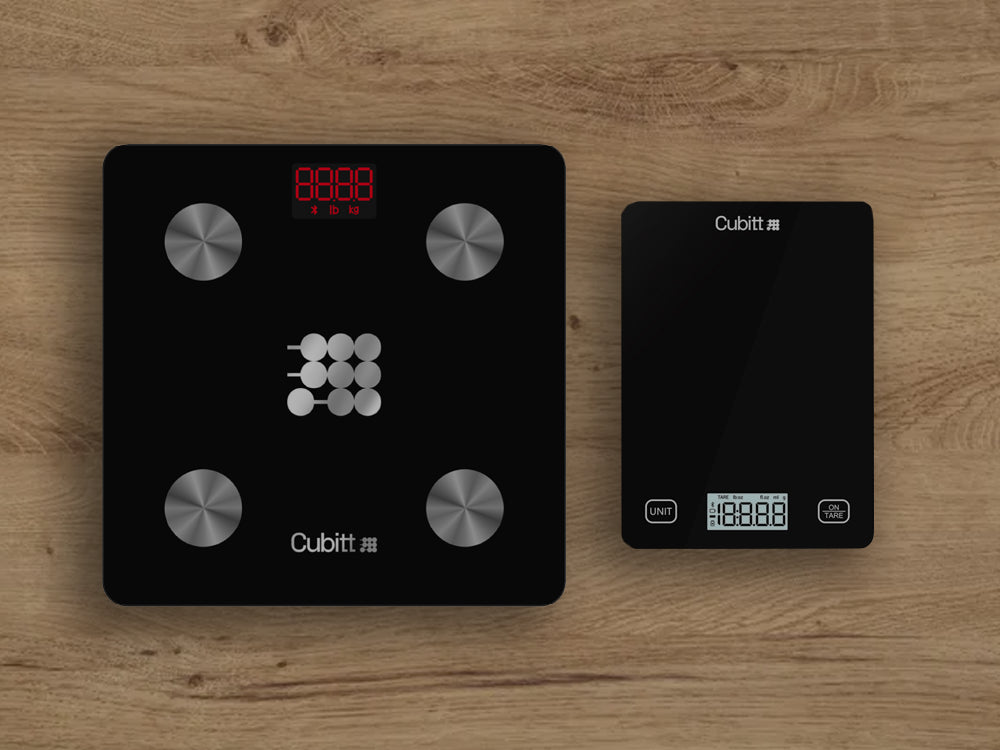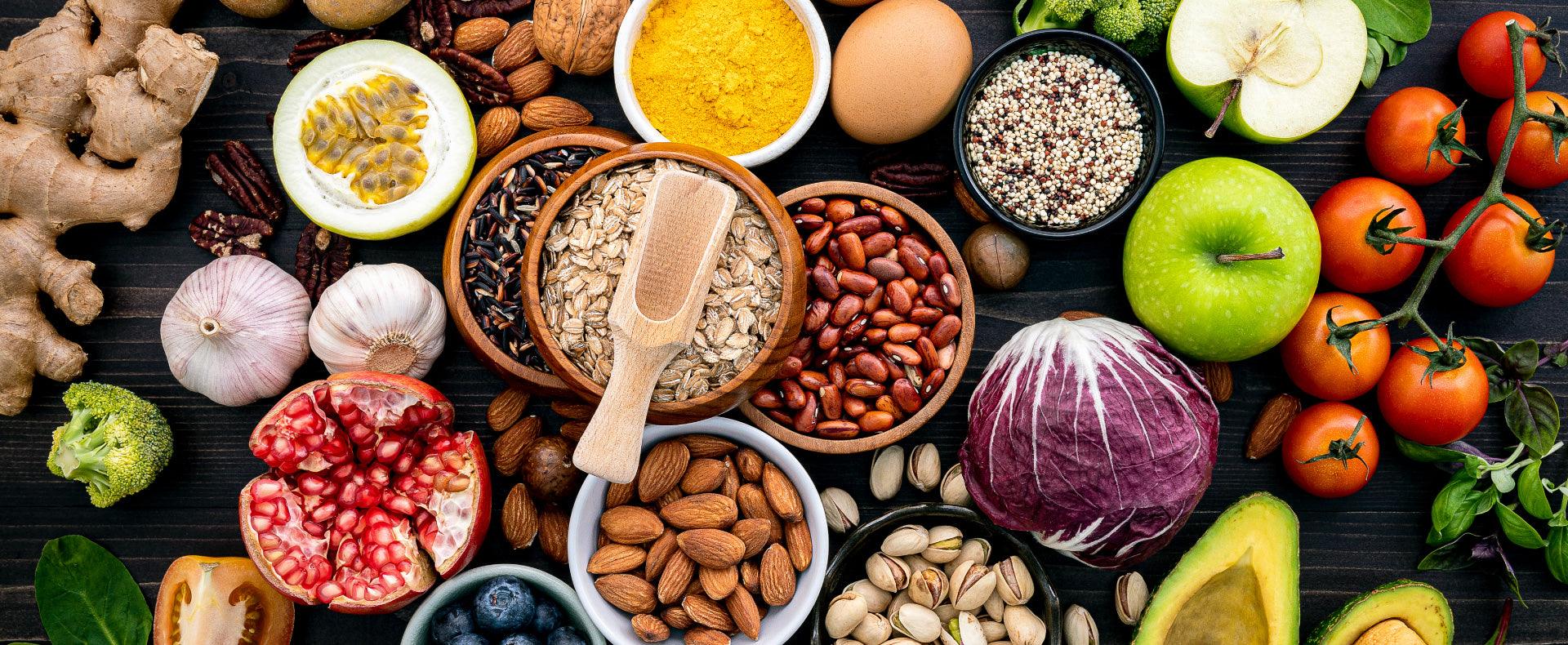You just signed up for a new gym membership and finished your first boxing class. As you’re putting away your equipment, you can’t help but overhear a group of women talking about juice fasts and smoothies. As they bicker on about kale and ginger you ask yourself two questions: (1) These women look fantastic… should I be on a juice fast too?! And (2) What’s the deal with juices and smoothies anyway?!
In addressing these questions, it’s important to know the main difference between juices and smoothies. While smoothies are made by blending the entire plant, juices are made by extracting only the liquid and leaving all the pulp behind. This juice extraction leaves us with a large amount of carbohydrates (sugar!) without any of the fiber to help stabilize the blood glucose after this large influx of carbs. In addition to the lack of fiber, the amount of protein and fat in these juices is negligible. These missing macronutrients leave your body hungry and unable to stabilize blood sugar, which ultimately leaves you wanting more food.
Think about it for a second! If you’ve ever tried making your own juice, you’ve realized that it takes a lot of fruit to make just a small amount of liquid. For example, let’s take a classic pineapple mint juice sold at many juice shops. One serving of pineapple is defined as ½ cup, which contains 35 calories and 10 grams of carbohydrates. An average pineapple mint cold-pressed juice contains 210 calories and 49 grams of carbohydrates.

That’s six times the calories and five times the carbohydrates than the recommended serving size of this fruit!
Plus, a serving size of any carbohydrate is defined as 15 grams, and this seemingly harmless juice contains more than three servings of carbs… that’s 3 slices of white bread- whoa!
So, what about smoothies?

Smoothies are awesome! In addition to the fiber from the whole plant being consumed, protein and healthy fats are usual mix-ins. For example, nuts, seeds, nut milks, protein powders and nut butters add protein and healthy fats, making this drink a satiating healthy option. This is great for stabilizing blood sugar, especially when consumed alongside carbohydrates. However, it’s important to always limit the amount of fruit in your smoothies because you can easily over-consume carbohydrates when they’re in liquid form. Nuts and nut butters, while very healthy, should also be portioned out so as not to make that smoothie a calorie bomb!
So, to answer the question, smoothies can be healthful depending on how they’re made and can be a great addition to a healthy diet, while juices and juicing just add unwanted sugars and carbohydrates to an otherwise healthy diet.
In reality, the best way to enjoy fruits and vegetables is to eat them whole, getting all the fiber, vitamins, minerals and phytonutrients that nature intended us to consume; however, smoothies can be a great way to get in lots of nutrients in when you’re short on time!
By: Raquel Papu Cohen, MS, DTR.









Leave a comment
This site is protected by hCaptcha and the hCaptcha Privacy Policy and Terms of Service apply.